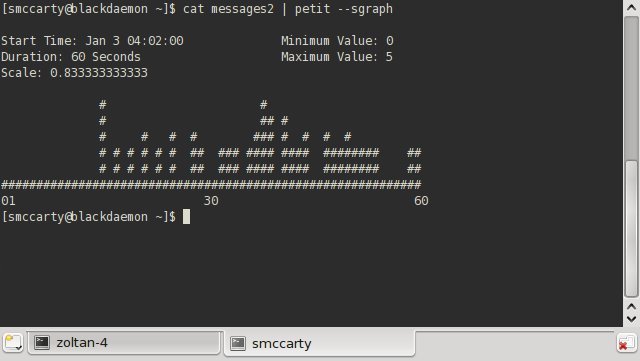

Sending E-Mails Outside The System 8.5.3. Setting Up Your System To Use E-Mail 8.5.1. Next Steps and Where to Go From Here 8.1. Partitioning and Mount Point Selection 6.3.4. Setting up Debian Installer and Hardware Configuration 6.3.2. Interpreting the Kernel Startup Messages 5.4.4. Troubleshooting the Installation Process 5.4.1. Passing parameters to kernel modules 5.3.4. Using boot parameters to answer questions 5.3.3. Automatic Installation Using the Debian Installer 5. Preparing Files for TFTP Net Booting 4.3.1. Downloading Files from Debian Mirrors 4.2.1. Official Debian GNU/Linux CD-ROM Sets 4.2. Pre-Installation Hardware and Operating System Setup 4. Pre-Partitioning for Multi-Boot Systems 3.6. Meeting Minimum Hardware Requirements 3.5. Finding Sources of Hardware Information 3.3.3.

Overview of the Installation Process 3.2. Avoid Proprietary or Closed Hardware 2.4. Purchasing Hardware Specifically for GNU/Linux 2.3.1.

CPU, Main Boards, and Video Support 2.1.3. Getting the Newest Version of This Document 1.7. If not, then the specified TLS version is not supported.Table of Contents Installing Debian GNU/Linux 6.0 For armel 1. If you see a certificate chain as well as details of a successful handshake in the output of the command, then the specified TLS version is supported. Note: Use the domain name of the server or website that you are trying to test instead of ''. $ sudo openssl s_client -connect :443 -tls1_3 Now, to verify TLSv1.3 support on your server or website, run the following command. On CentOS/Red Hat based distributions: $ sudo yum install openssl On Ubuntu/Debian based distributions: $ sudo apt install openssl If the openssl tool is not already installed on your Linux machine, you may install it as follows. The openssl tool is available on all major Linux distributions. Openssl is an open source tool for implementing secure communications on the Internet. This tutorial explains how you can check which versions of TLS (1.2 or 1.3) your server or website supports from a Linux system, as well as the encryption algorithm (Cipher) that is being used. As of this writing, TLS 1.3 is the latest version. TLS facilitates secure communication between computers on the Internet. TLS is an acronym for Transport Layer Security.


 0 kommentar(er)
0 kommentar(er)
